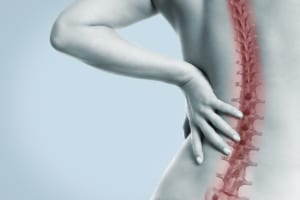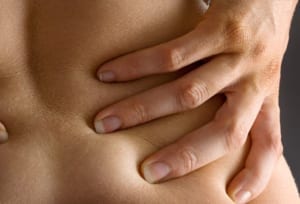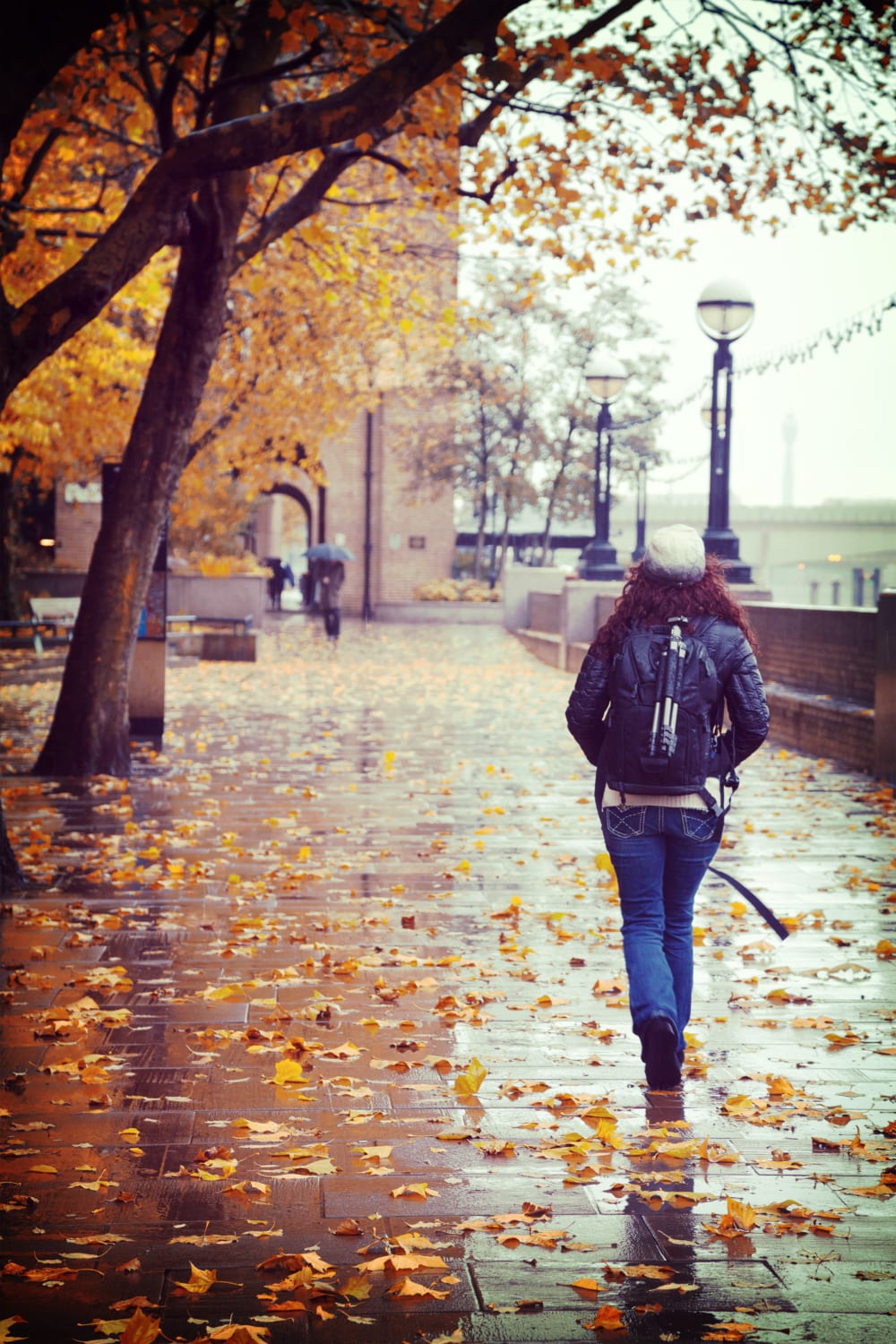Here at Robin Kiashek Clinics we have been looking after patients with back pain and structural spinal problems for over twenty years. In some cases, pain is related to the way we are built but in others pain is present because of a recent or historical injury. Any pain is a signal that the body is out of balance and needs assistance in getting back to normal.

At the Robin Kiashek Clinics, as well as treating acute pain when it occurs, we also aim to prevent problems in our patients before they take hold, so here is a list of 10 tips on how to look after your spine to ward off potentially debilitating problems.
Tip 1 – Rest Your Spine
We mean it! If you have suffered an injury or you are in acute pain, after seeing a specialist, ensure you thoroughly rest your spine. If there is swelling & inflammation, it will need time to go down and the tissue needs rest to recover.
Tip 2 – Wear Supportive Footwear
This might not be immediately obvious, or what you want to hear if you are a lover of high heels, but the plain truth is your footwear determines your posture. Your musculoskeletal structure is one system. Where one part is impacted it is felt elsewhere.
Tip 3 – Quit Smoking
This is not a big headline but it really should be. Nicotine and the general dehydration that goes along with smoking can adversely affect your spine. Also, in the same way that smoking affects blood vessels and circulation, it affects the vascular structures in your disks and joints. Many smokers suffer from lower back pain. It is no coincidence but backed up by research.
Tip 4 – Get a Massage
 Massage is good for so many aspects of your health. Primarily it helps increase endorphins – your body’s natural painkillers – that provide relief to sufferers of chronic pain. It helps stimulate your circulation, bringing a good blood supply to the affected area, and it improves your lymphatic drainage system helping your body combat disease.
Massage is good for so many aspects of your health. Primarily it helps increase endorphins – your body’s natural painkillers – that provide relief to sufferers of chronic pain. It helps stimulate your circulation, bringing a good blood supply to the affected area, and it improves your lymphatic drainage system helping your body combat disease.
Tip 5 – Limit Sitting Time
This is rather hard if you have a desk job, but you can combat stiffness and aches by regularly getting up from your desk and having a walk around, ensuring you get outside for part of your lunch break. Some people swear by standing desks. If at home, using advert breaks to get up and potter about for 5 minutes, or setting a simple kitchen timer for 45mins to remind you to move, could help you. Any movement and activity is good.
Tip 6 – Have an Ergonomic Workspace
Taking a little time in planning where and how to position your seat, your keyboard and screen or other things on your desk or workspace, can really save your back from straining and twisting. If you spend a lot of time shackled to a phone, for instance, it makes sense to give some thought to positioning essential tools or supplies.
Tip 7 – Practice Good Posture
Whether standing or sitting, try and be aware of your spine’s position. Stand with feet a comfortable width apart and try to hold your tummy in, elongating your spine if you can. When sitting, try to sit up, and if necessary, use a lower back support to help the natural curve in your back to stay in position. Knees bent at right angles and feet flat on the floor should also help steady your posture and support your spine. It’s surprising how we forget such a simple thing!
Tip 8 – Get Comfortable in Bed
Sleep will elude you if you are not comfortable in bed at night. Ask yourself if you need any extra support (maybe a cushion under your knees or between our knees if you sleep on your side) to take the pressure off your hips or lower back? Are you getting enough support from your pillow or mattress? Even things as basic as temperature and atmosphere can affect your sleep and whether you feel pain or not.
Tip 9 – Hydration, Nutrition and Weight
Drinking plenty of water is essential, whether you have a health complaint or not. Eating right also makes the difference in the speed at which you can bounce back from pain and injury. Particularly for people with any joint or muscle pain, sufficient hydration helps lubricate the joints and eating regular, well balanced meals means good lubrication of joints and disks, and nutrition reaching the parts of the body that are struggling. Excess weight puts unnecessary pressure on already beleaguered bones and joints, and can delay recovery or prolong pain. Consider seeing a dietician if you struggle with nutrition or controlling your weight.
Tip 10 – Stay Active and Exercise Your Core
As long as you aren’t in severe pain and have the green light to walk or exercise, try to do as much as you can manage, especially if your specialist has given you particular exercises to practice. If you are able to go to classes at the gym or are fortunate enough to have a personal trainer, depending on your level of fitness, you can hone in on core strength exercises to strengthen the muscles of your abdomen and back, and also your legs. This will support your spine and take the pressure off your lower back. Ensure your instructor is qualified to help you and always make them aware of your condition.
Be it a herniated disk or muscle strain, only a thorough examination by an experienced specialist can reveal the kind of pain it is, and consequently, how to treat it. At The Robin Kiashek Clinics we can offer the very best care and all that Robin’s vast experience can offer. Requesting a consultation is easy – click here to enter your details.


 Massage is good for so many aspects of your health. Primarily it helps increase endorphins – your body’s natural painkillers – that provide relief to sufferers of chronic pain. It helps stimulate your circulation, bringing a good blood supply to the affected area, and it improves your lymphatic drainage system helping your body combat disease.
Massage is good for so many aspects of your health. Primarily it helps increase endorphins – your body’s natural painkillers – that provide relief to sufferers of chronic pain. It helps stimulate your circulation, bringing a good blood supply to the affected area, and it improves your lymphatic drainage system helping your body combat disease. A recent study by Emmett Interdisciplinary Program in Environment and Resources at Stanford University into the physical effects of the brain when interacting with nature has concluded that, a walk in the park or within a tranquil environment can improve your mental health and give walkers a more positive mindset. This is great news for Londoners, who live in an urban environment, but have access to the Thames River walk and nice open green spaces such as the Royal Parks or areas such as Battersea Park or Greenwich.
A recent study by Emmett Interdisciplinary Program in Environment and Resources at Stanford University into the physical effects of the brain when interacting with nature has concluded that, a walk in the park or within a tranquil environment can improve your mental health and give walkers a more positive mindset. This is great news for Londoners, who live in an urban environment, but have access to the Thames River walk and nice open green spaces such as the Royal Parks or areas such as Battersea Park or Greenwich.